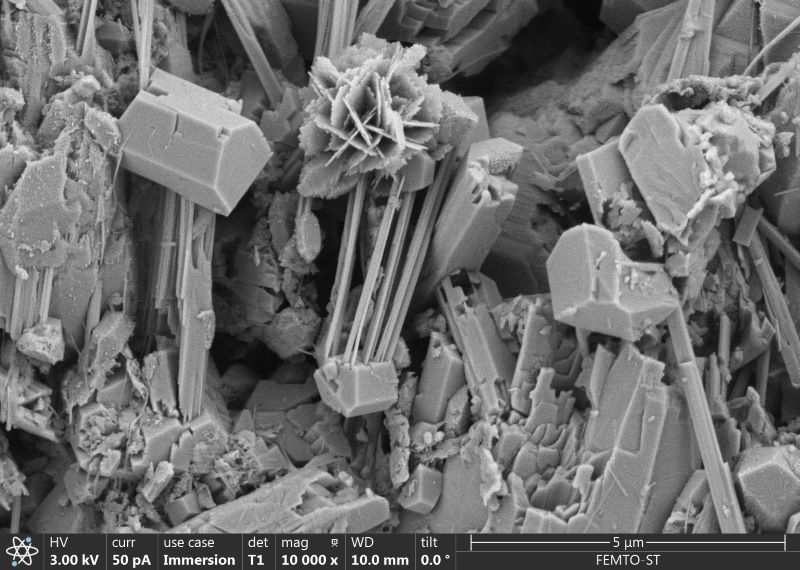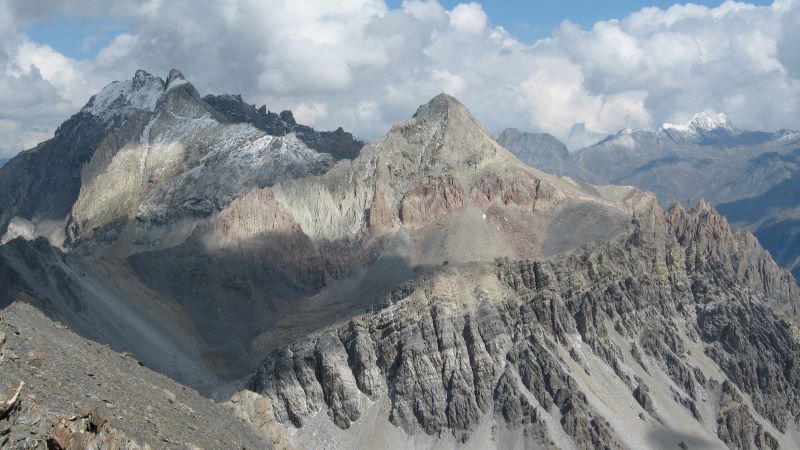Axis 2
Lithospheric Dynamics
Mineralogical and mechanical transformations of Rocks, feedback relationships with fluids
The objectives are to characterize and quantify the mineralogical and petrophysical changes in rocks during interactions with fluids in diagenetic, metamorphic, or hydrothermal systems. The main projects involve (1) changes in the petrological and petrophysical properties of reservoir rocks and sediments during diagenesis, (2) the instability of faults and the triggering of earthquakes, (3) the impact of metamorphic (sub- and suprasolidus) and metasomatic reactions on rock mechanics and the nucleation and operation of shear zones, regardless of pressure and temperature conditions, and (4) the dynamics of gravitational instabilities, particularly through the management of observatories (e.g., Séchilienne [OMIV]).
Lithospheric tectonic processes and related transfers
The primary questions under consideration include: (1) The influence of regional structural inheritance on recent deformation and the nucleation and propagation of seismic events (Jura, Alps). (2) Local earthquakes and microseismic events, and their interactions with subsurface water reservoirs, especially karst (Jura), (3) The role of hydration and dehydration reactions on the control of strain distribution and the trigger of earthquakes, within orogenic crust and along subduction zones, (4) The partitioning of ductile deformation in subduction zones (e.g., the Alps) and in hot, partially molten orogenic crusts (e.g., the Variscan Orogeny, Trans-Hudsonian Orogeny, and Trans-North-China Orogeny).
The research group collaborates with OSU THETA in providing active deformation observation services at the front of the Jura region, including projects such as JURAQUAKE and GPS-JURA [Résif-RENAG].
© Philippe Goncalves


